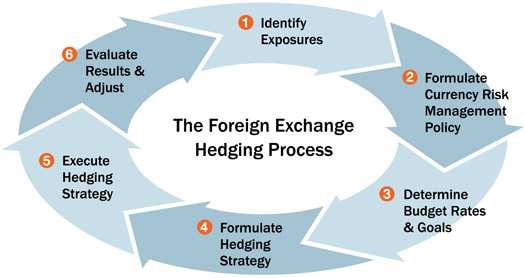What is Market Liquidity?
- In Business, Economics or Investment, Market Liquidity is an asset's ability to be sold without causing a significant movement in the price and with minimum loss of value. Money, or cash in hand, is the most liquid asset, and can be used immediately to perform actions like buying, selling for goods and services, or paying debt, meeting immediate wants and needs.
- A market may be considered highly liquid if there are ready and willing buyers and sellers in large quantities. This is related to the concept of Market Depth that can be measured as the units that can be sold or bought for a given price. The opposite concept is that of Market Breadth measured as the price change per unit of liquidity.
What is Liquidation?
An act of exchange of a less liquid asset with a more liquid asset is called Liquidation. Liquidity also refers both to a business's ability to meet its payment obligations, in terms of possessing sufficient liquid assets, and to such assets themselves. A liquid asset is something that can easily be converted into cash. An illiquid asset is something like a house, it is worth money, but takes time to be sold and converted into cash.
Key Contributors to Market Liquidity -
Speculators and market makers are key contributors to the liquidity of a market, or asset. Speculators and market makers are individuals or institutions that seek to profit from anticipated increases or decreases in a particular market price. By doing this, they provide the capital needed to facilitate the liquidity.
Forms of Liquid Market -
- Future Markets - In the Futures Markets, there is no assurance that a liquid market may exist for counteract a commodity contract at all times. Some future contracts and specific delivery months tend to have increasingly more trading activity and have higher liquidity than other contracts. The most useful indicator of liquidity for these contracts is the trading volume.
- Banking - In banking, liquidity is the ability to meet obligations when they come due without incurring unacceptable losses. Managing liquidity is a daily process requiring bankers to monitor and project cash flows and financial statements to ensure adequate liquidity is maintained. Maintaining a balance between short-term assets and short-term liabilities is vital For an individual bank, clients' deposits are its primary liabilities (in the sense that the bank have to give back all client deposits on demand), whereas reserves and loans are its primary assets (in the sense that these loans are owed to the bank)
Thank You !




